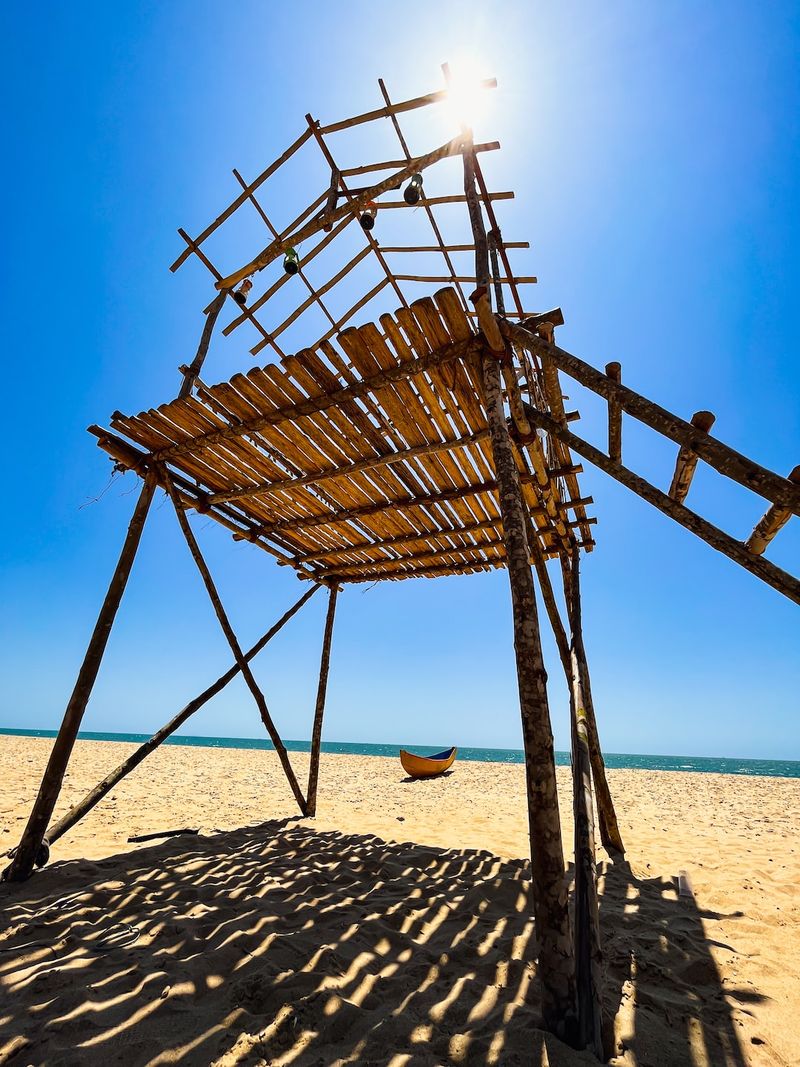Bournemouth Beach Deaths: Riptide and Safety Precautions
An inquest has been opened to determine the cause of death of a teenage boy and a young girl who lost their lives on Bournemouth Beach, Dorset. The incident occurred on Wednesday when a group of 10 swimmers were reportedly caught in a riptide. The authorities have since confirmed that the cause of death was drowning.
The Dangers of Riptides
Riptides are strong, narrow currents that flow out from the shore and can pull swimmers out to sea. They can be dangerous and are often difficult to spot. Destinations such as beaches should have signage warning people of the possible dangers of the water. According to the Royal National Lifeboat Institution (RNLI), rip currents are a significant cause of accidental drowning in beaches globally.
While rip currents are typically fast-moving, they can be more powerful around large piers or headlands. According to the RNLI, these currents can flow at speeds ranging from 1-2mph, while some currents can reach speeds of up to 4-5mph, much faster than the average Olympic swimmer.
Police Investigation and Speculation
The incident has sparked an investigation by the authorities, and the police have appealed for witnesses who may have photographic footage from the scene. They have ruled out a collision with any vessel in the water and have arrested a man in his 40s on suspicion of manslaughter.
However, speculation has arisen about the cause of death, with some people wrongly suggesting the pair may have jumped from the pier. Police have dismissed such speculation and urged people to let the investigation continue without further unhelpful speculation.
Safety Precautions by Beach Destinations
It is easy to overlook the risks that are attached to water activities. As visitors to beaches, we should take safety precautions seriously. When planning to visit any coastal beach, it is advisable to check the beach’s official website for any safety updates, look out for warning flags and signs, and also be cautious of tides.
Beaches should have lifesaving and safety teams stationed on-site, who can provide support and advice. They would be helpful in creating awareness about rip currents and the dangers that come with them.
Conclusion
The tragic deaths of the teenage boy and young girl at Bournemouth Beach reminds us of how important it is to prioritize water safety in our holiday activities. We should take safety precautions seriously, and beach destinations should highlight the potential dangers at all relevant points of the seafront. Only then can effective measures be put in place to ensure that coastal areas are safer for everyone.

<< photo by Geio Tischler >>




